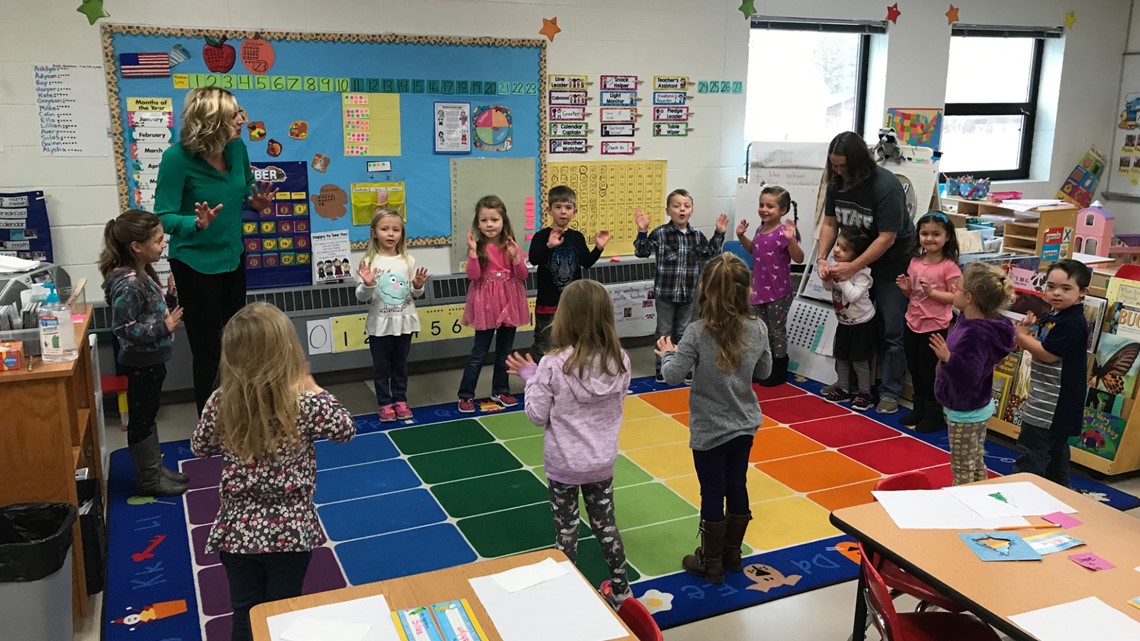EDU271 Spring 2020
Tuesday, April 28, 2020
Monday, April 27, 2020
craft idea for parents
How to Tie Dye Shirts (with parents):

Materials needed:

Materials needed:
- Prewashed, 100% percent cotton shirt
- 3-gallon bucket
- Glass jar with a tight sealing lid
- Rubber gloves
- Measuring spoon
- Fiber reactive dye
- Soda ash fixative
Step one: Prepare the shirt
- Immerse the shirt in hot water and then lay flat
- Tie your shirt tightly with rubber bands to make your desired design
Step two: Make the Dye Bath
- To make things easier I would recommend using a premixed tie dye kit
- Add a cup of salt to enhance the color
- Put on the rubber gloves
- Fill the bucket with 1 gallon of cool water
- Fill the jar halfway with water
- Measure 2 to 4 teaspoons of dye powder into the jar.
- Close the lid of the jar and shake the jar until all the powder is dissolved
- Pour the dye into the bucket and stir
- Fill the jar halfway with hot water and add 6 teaspoons of soda ash and shake
- Pour the mix into the bucket and stir
Step three: Tie Dye your shirt
- Wet your shirt and place it in the bucket with the dye and stir with the spoon
- Let it soak for 30 min to 1 hour
- Remove the shirt with tongs or a big stick. Rinse under warm water, then run cool water on it until the water runs clear (wear gloves so your hands won't get dyed)
- Throw your shirt in the laundry. Wash it alone in warm water, rinse in cool water, then dry
- NOW it time to wear!!
Here is a website for better instructions:
Friday, April 17, 2020
Child Abuse Facts
Child Abuse Facts:
Of the over 70 Million children in the United
States, 1 is killed every 5.5 hours due to abuse or neglect. In other words, 4
children die as a result of maltreatment every single day.
Each day, 1 white child, 1 Hispanic
child, 1 black child, and 1 Asian, American Indian or Pacific Islander child,
are killed as a result of child abuse.
Child abuse facts show
that 10% of children in America suffer from maltreatment. There is no strong
difference between the statistics for boys and girls. We should be treating our
princes and princesses better. Roughly 48% of children abused are boys and 51%
of children abused are girls. Sadly, child abuse facts tell us that boys are
more likely than girls to die from child abuse. More than 57% of the children
who die from child abuse are boys.
More
than 70% of fatalities occur in children who are younger than 3 years old.
Child abuse facts show that children in their first year of life are the most
likely to be victims of child abuse.
21.9%
of child abuse cases involve children in the first year of their life. Each
year of life thereafter, until the age of 4 years old, accounts for roughly 11%
of cases. As children get older, the rate of abuse declines. 17-year old’s
account for fewer than 4% of child abuse cases.
Statistics show
that 13.3% of child abuse victims have some sort of disability.
Over 250,000 children are
abused by their mother each year, compared to roughly 125,000 cases of child
abuse by the father alone.
These
facts are referenced by: interesting-facts.com/child-abuse-facts/#kcmenu
Thursday, April 16, 2020
Subscribe to:
Posts (Atom)
Making Friends!
Making Friends Friends are an important part of school and your child's social life. Making friends can help make your child become ...

-
Child Abuse Facts: Of the over 70 Million children in the United States, 1 is killed every 5.5 hours due to abuse or neglect. In ot...
-
Making Friends Friends are an important part of school and your child's social life. Making friends can help make your child become ...











